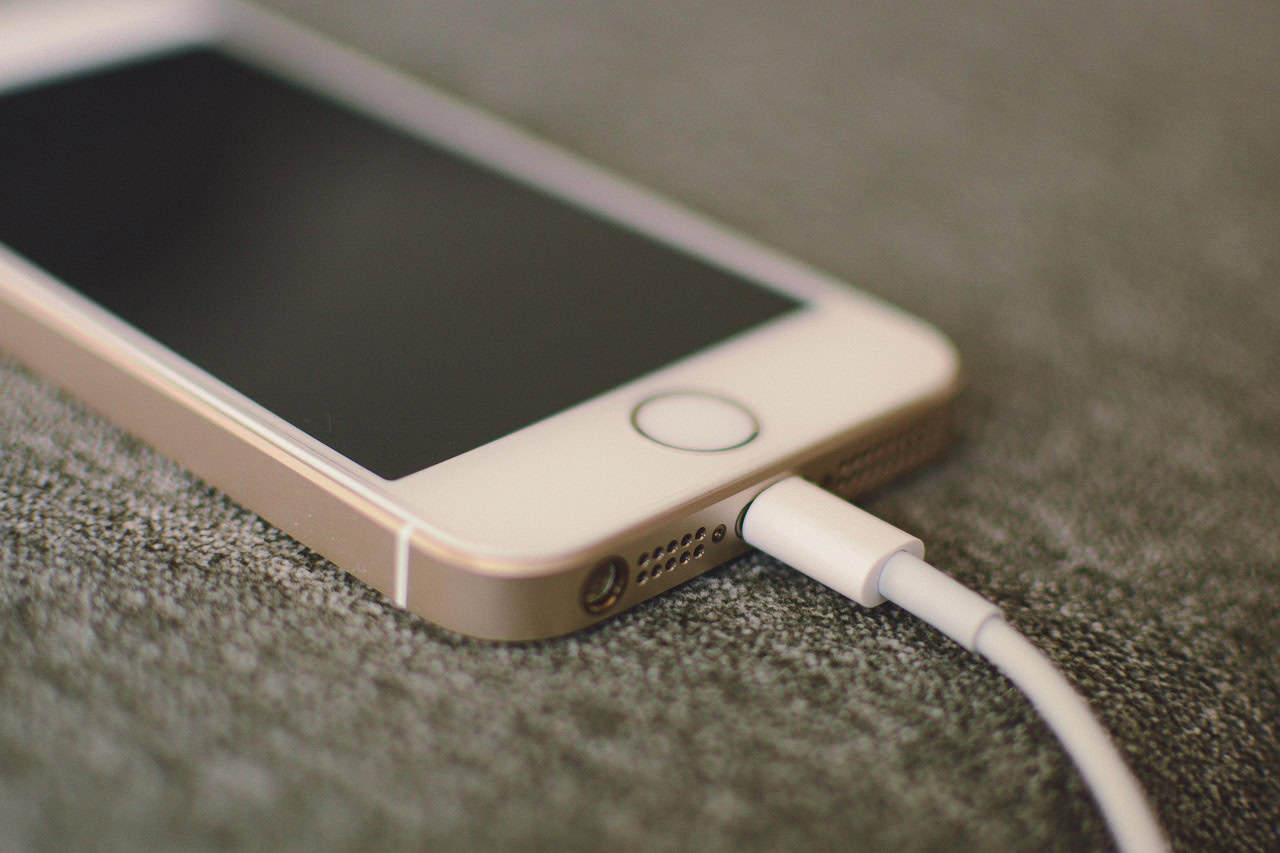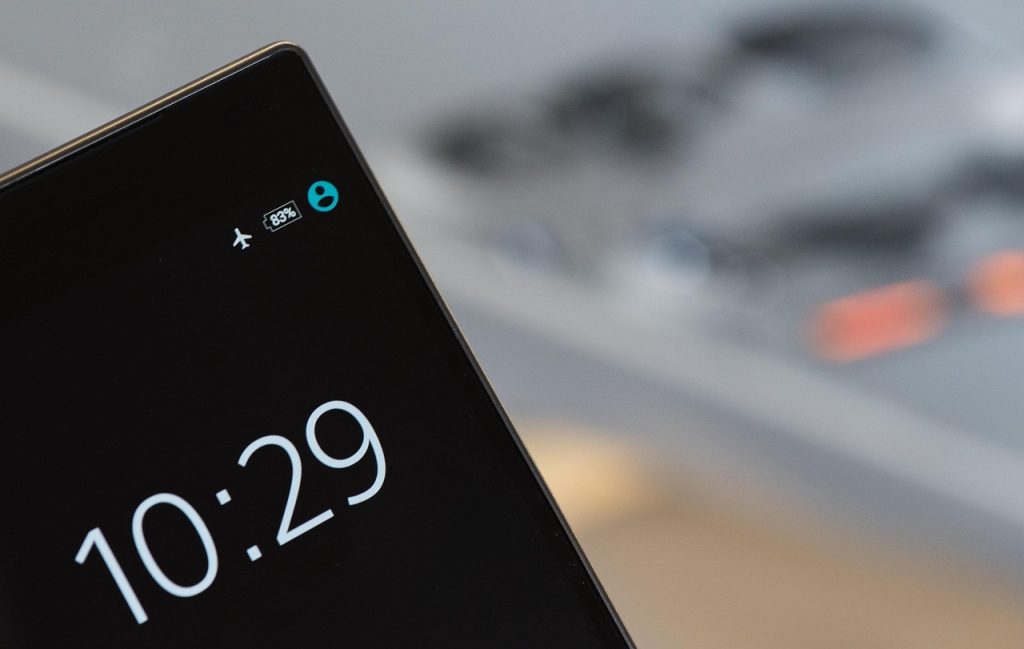Many people notice their phone dies quicker than it used to and that can feel like a mystery. Batteries age, apps change, and our daily patterns shift so a mix of causes often plays a role. The next sections will walk you through the main reasons your battery can lose charge fast and show where to look first.
Battery Age And Capacity Loss
Lithium battery cells wear out with use and time, so peak capacity drops after months of charging cycles and heavy use. As the battery loses maximum charge it will empty faster under the same load compared with when it was new.
If your phone is two years old or more the battery state likely explains a lot of the rapid drain you see. A battery health reading that falls well below factory level is a clear sign that performance has degraded.
Background Apps And Processes
Many apps run services behind the scenes and that can keep the processor awake and network radios active for extended stretches. Social feeds, messaging systems, and sync tasks tend to be especially greedy when they poll servers or fetch fresh content frequently.
Closing rarely used apps and turning off auto refresh for some services can reduce persistent wake time. Look at battery stats to spot which app uses the most energy and then limit its background privileges.
Screen Brightness And Display Settings
The display is often the single largest consumer of power on a phone when it is on and active for long sessions. High brightness, long screen timeout, and animated wallpapers add up to sustained load on the display hardware.
Using adaptive brightness or lowering the maximum brightness and shortening the timeout will stretch battery life during daily use. Certain display modes with richer colors or higher frame rates can also use more energy even when the same content is shown.
Network And Connectivity Strain
Poor cellular signal strength forces the radio to ramp up power output to maintain a link which leads to faster drainage. Constant switching between cellular and Wi Fi, or frequent reconnection attempts, adds overhead that chips and antennas must handle.
Leaving Bluetooth or Wi Fi scanning enabled in locations where they rarely connect adds more unsolicited work for the system. Put the phone into airplane mode in low signal areas or disable radios you do not need to keep that wasteful searching to a minimum.
Location Services And Sensors
Location tracking is useful but it can be a heavy user of battery when it is left wide open for many apps. GPS locks are expensive for power and combined sensor fusion that uses accelerometer and gyroscope can increase total consumption.
Grant location access only to apps that need it and set the permission to while using the app where possible. Turning off high accuracy mode and relying on coarse location will reduce the energy footprint for mapping tasks that do not need pinpoint accuracy.
Software Bugs And Updates
A buggy app update or an operating system process that gets stuck can turn a small background job into a runaway drain. Sometimes the fix is a simple update; other times a reboot or reinstall clears a malformed cache or a stuck thread.
System updates often include battery optimizations so keeping the device patched helps with long term efficiency. If a recent install coincides with the battery drop roll back that app or check its support page for reports from other users.
Charging Habits And Battery Care

Fast charge cycles and frequent top ups are convenient but they influence battery chemistry over the long run and push overall capacity down. Leaving the device at very high charge percentages for extended periods plus heat while charging pushes stress on the cell.
Small recharges are okay but aim to avoid extremes of very low to very high state of charge when you can. Using a reputable charger and keeping charging brief when the phone gets hot will reduce unnecessary strain on the cell.
Temperature And Hardware Effects
Extreme heat accelerates chemical wear inside the battery and can trigger thermal throttling of the processor which makes tasks take longer and waste more power. Cold conditions reduce the battery output and can make the system think the cell has less capacity than it actually does.
Physical defects such as swelling or water intrusion can cause abnormal current flow and sudden drops in available runtime. Move the device away from direct sun and avoid leaving it in parked cars to help protect the battery and maintain steady performance.
Power Hungry Features And Notifications
Features like constant push mail, real time location sharing, and high frame rate gaming draw energy quickly when they are active. Notifications that wake the screen every few minutes add up over a day even if each event is brief.
Tuning the notification settings and disabling push for low value accounts reduces repeated wake cycles. For heavy gaming sessions try a lower frame rate or reduced graphics settings to cut the demand on both CPU and GPU.
Diagnostic Tools And Next Steps
Modern phones include built in battery usage reports and hints that point to apps or features consuming the most energy over a period. Use those tools to build a short list of suspects and then test changes one at a time to isolate the offender.
If software measures do not help a visit to a service center can verify cell health and swap the battery if the device supports it. If you’re in the area and need expert assistance, we recommend reaching out to a trusted shop for samsung phone repair montgomery, alabama, where professionals can quickly test your battery and restore optimal performance.
A pragmatic approach of measurement observation and targeted change often resolves what felt like a sudden problem.

